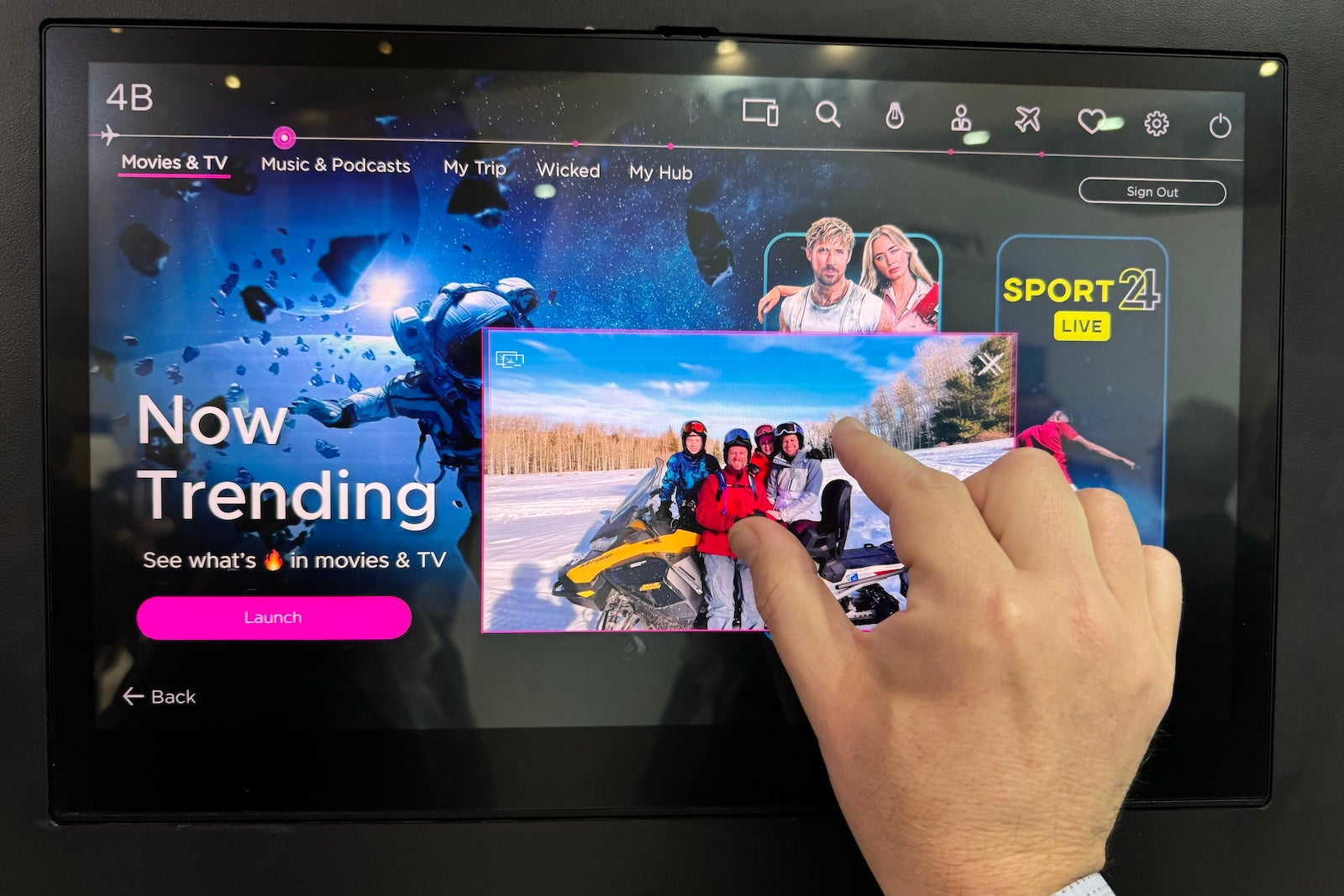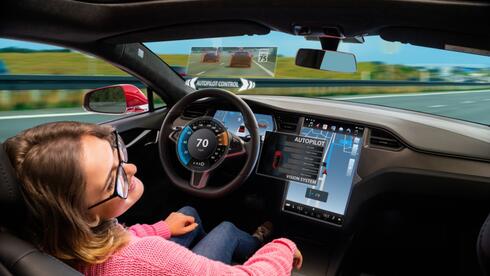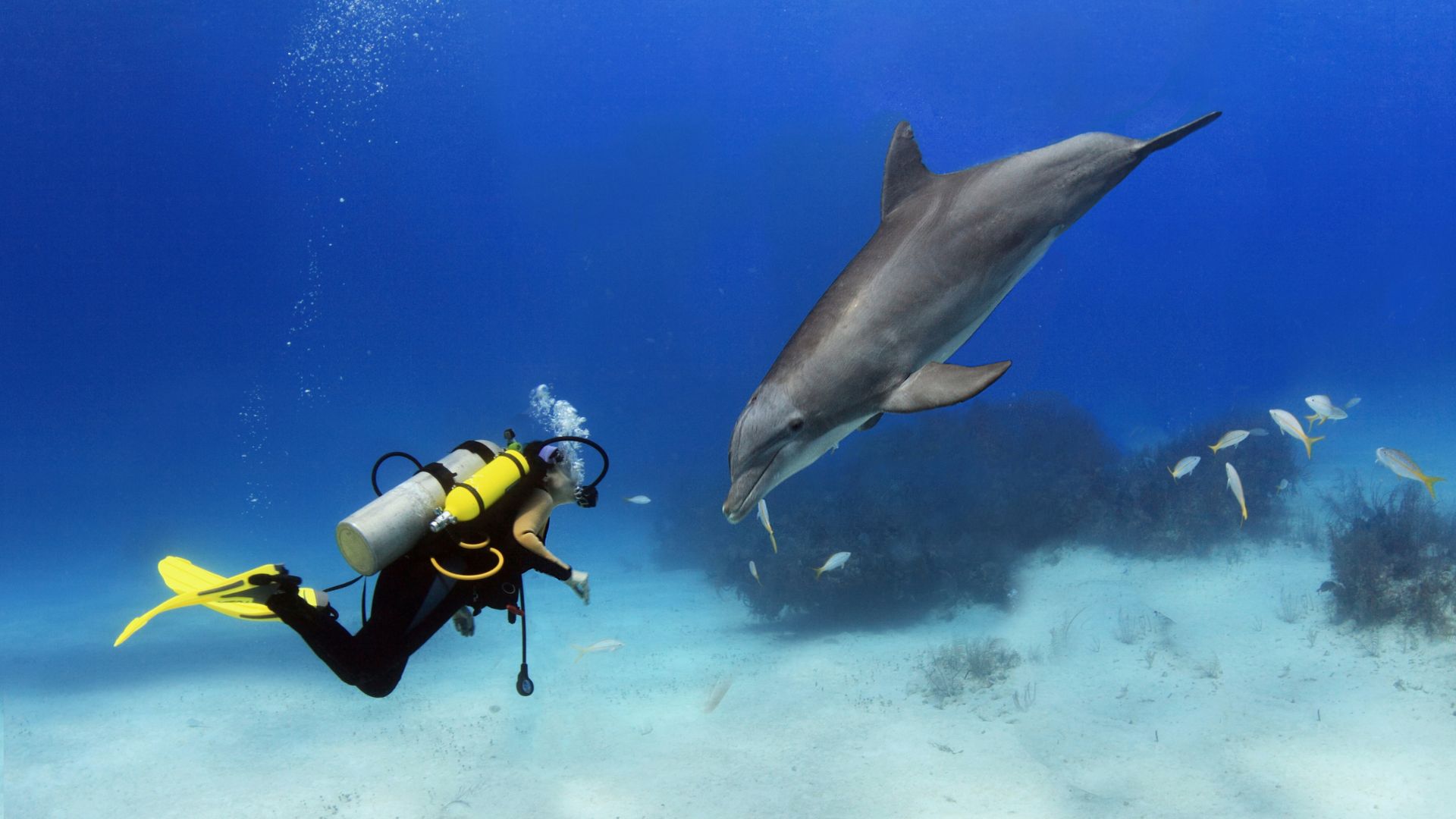- TECHSWU
- Posts
- TECHSWU
TECHSWU


Imagine projecting your favorite movie from your phone to the seatback screen mid-flight—exciting news is on the horizon! Aerospace innovator Safran recently unveiled a groundbreaking technology that enables passengers to cast content directly from their devices onto inflight entertainment systems. This means you could watch videos, share photos, or even prep for meetings using those luxe 4K screens.
However, as thrilling as this sounds, airlines are currently hesitant due to concerns over content regulation and potential licensing issues with streaming services. While U.
S. and European airlines remain cautious, interest is brewing among carriers from other regions.
In a world where inflight entertainment is evolving rapidly, this technology could redefine the passenger experience, promising a new era of personalized entertainment at 30,000 feet.

Afon Technology, a dynamic Welsh healthcare innovator, is celebrating its second triumph at the European Product Design Awards! Their groundbreaking Glucowear™ – a non-invasive glucose monitoring device – has once again captured an award in the wellness category, thanks to the brilliance of designer Tom Craven and the expertise of the Medical Design Group Ltd. This game-changing gadget offers a pain-free alternative for diabetes management, allowing users to track their blood sugar levels without needles.
CEO Sabih Chaudhry expressed pride in the team’s dedication to creating a device that not only reflects innovation but also improves lives. As the first truly non-invasive continuous glucose monitoring solution, Glucowear™ stands at the forefront of diabetes technology, outshining major companies in the quest for effortless glucose management.
With ongoing preliminary research paving the way, hope abounds for diabetes care.


Artificial Intelligence (AI) is revolutionizing video security, offering exciting opportunities for security integrators to enhance their services. With only 7% of firms currently employing AI in their security strategies, there's a massive potential for growth.
AI-powered solutions boost threat detection, enabling proactive identification of anomalies through user and entity behavior analytics (UEBA). This technology is crucial for safeguarding companies from potential security breaches, which can have dire financial and reputational consequences.
As businesses increasingly seek innovative video security solutions, the demand for eco-friendly systems also rises. Enter Video Surveillance-as-a-Service (VSaaS), which provides cost-effective, cloud-based monitoring options while reducing hardware burdens.
The future of security relies on AI and sustainable technologies that not only protect assets but also contribute positively to the environment. Integrators who adapt to these shifts will position themselves as industry leaders, ready to meet clients’ evolving safety needs.

Customs and Border Protection (CBP) has revealed its reliance on AI tools to monitor social media and identify people of interest, according to newly published documents. These tools include Fivecast ONYX, which can analyze data in real-time, and Dataminr, which utilizes generative AI for event tracking.
While the CBP emphasizes that these systems are not used for directly vetting travel applications, they are part of broader efforts to enhance security and analysis capabilities. The disclosure comes amid increasing scrutiny over the agency's actions, particularly regarding the detention of individuals criticizing Israel's Gaza campaign.
The tools can sift through vast amounts of public information, including social media activity and even data from the deep web, to strengthen national security operations. This innovative but controversial approach raises significant questions about privacy and the extent of surveillance in our digital age.

By the end of this decade, the dream of riding in autonomous cars powered by artificial intelligence could finally become a reality. Industry experts like Amit Harel, CEO of Zicar Israel, highlight that the technology is nearly ready to allow vehicles to navigate closed routes, stay in lanes, and park themselves.
However, challenges remain, particularly regarding regulation and cybersecurity. Ensuring that these vehicles and their surrounding infrastructure remain secure from cyber threats is crucial.
As Fari Mottet from the Israel Innovation Authority emphasizes, while autonomous vehicles can aid mobility, they won't solve all transportation issues. Future innovations, such as flying cars, may be on the horizon.

In a groundbreaking achievement for reproductive technology, the world's first baby has been born through a fully automated, remotely operated IVF procedure. A 40-year-old woman welcomed her new child following conception via a pioneering AI-assisted intracytoplasmic sperm injection (ICSI) system that took place in Mexico.
This innovative technology, developed by Conceivable Life Sciences, automates all 23 steps of the ICSI process, enhancing precision and efficiency by using artificial intelligence and robotics to select and fertilize eggs. The system aims to standardize outcomes while minimizing variability linked to human operators.
With the ability to significantly improve sperm and egg selection, this advancement marks a significant leap in IVF treatments, offering hope to many couples struggling with infertility. As the science evolves, this remote-controlled method could soon revolutionize how we approach conception, making dreams of parenthood more accessible than ever.

In a remarkable leap for technology and nature, Google has introduced "DolphinGemma," a cutting-edge AI that enables real-time communication with dolphins! This innovative large language model (LLM), developed in collaboration with the Wild Dolphin Project and Georgia Institute of Technology, aims to decode dolphin sounds—such as whistles and clicks—by interpreting audio inputs and predicting responses. Built on Google's advanced Gemini technology, DolphinGemma could transform our understanding of dolphin communication, allowing for a simplified shared vocabulary between species.
The goal? To teach dolphins to use distinct artificial whistles to express desires, like requesting their favorite objects. This pioneering effort not only builds on four decades of dolphin research but also shines a spotlight on the incredible potential for interspecies communication.